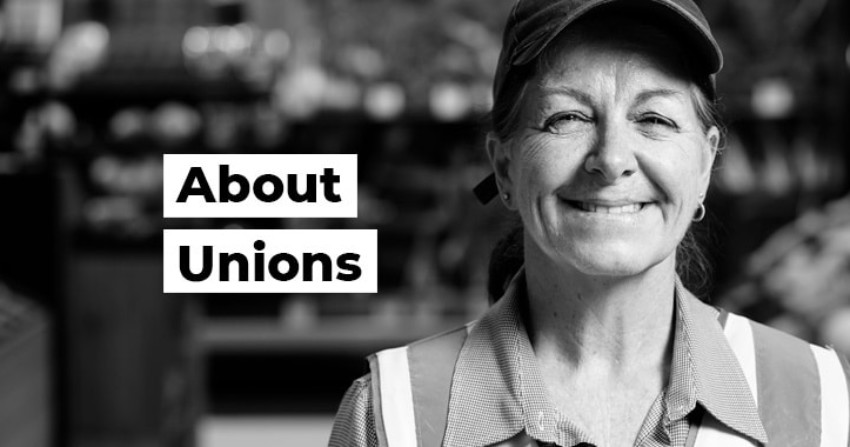A year on from the start of the pandemic is a good time to reflect on what happened, and how investment markets reacted. As 2020 dawned Australia was coping with drought and fire. It sometimes feels like a lifetime ago, but it was just over a year ago that we all saw footage of beach evacuations and arguing politicians. People died, livelihoods were destroyed, and billions of dollars of economic damage ensured – it was hardly a good start to 2020, but for the share market at least we saw ongoing gains. As this was happening, we knew about a new coronavirus emerging in Wuhan. But we also saw the government reaction to it – a city locked down, a new hospital built in record time – and markets continued to rise. All this bad news and markets still rose!
Between the 1st of January and the 20th of February 2020, the S&P / ASX 300 index (Australia’s largest 300 listed companies, measured by their market value) rose by 7%. We reached a point though, where some of the bad news filtering through was really disturbing. The quarantine of the MV Diamond Princess in Yokohama captured many imaginations and, for many of us, a sense of rising disbelief. This was one of many factors that turned the tide, with the ASX 300 index going on to fall by 29.3% between the 20th of February and the 31st of March.
Over the following months, however, markets recovered impressively. The S&P / ASX 300 index in fact rose by 38.3% in the next 12 months. We now have a situation where the initial losses have been recouped and we’re actually ahead of where we were just before COVID-19 affected markets. In looking as to just why markets recovered so well, we have to acknowledge the enormous actions taken around the world by governments and central banks.
Here in Australia, the unprecedented fiscal support ushered in by the commonwealth saw new schemes like JobKeeper and an upgraded (and re-named) JobSeeker as well as many other measures. The Reserve Bank for its part cut interest rates to an all time low and embarked on large scale purchases of bonds – all designed to keep interest rates low not just at the time, but looking ahead. When taken along side the significant progress we made in suppressing the virus and the astonishingly fast development of vaccines, the light at the end of the tunnel grew brighter and nearer. The scene was certainly set for a rebound, which happened emphatically. The big question now is, where to from here?
Confidence has taken a few knocks in the first few months of 2021. International borders remain closed and we’ve seen some unexpected side effects to vaccines. Most alarmingly, the recent scenes in India reinforce how contagious and how lethal this virus has the potential to be. Early on this year, there was speculation that the large amount of government debt would be inflationary, which could potentially lead to interest rates increasing again sooner than expected. But the Reserve Bank has re-iterated that it expects rates to remain low, and in fact it seems unlikely at this point that inflation will go over the 2%-3% target range unless wages growth surges beyond what we expect.
We can’t predict what markets will do – and we certainly wouldn’t predict a repeat of the 29.3% return of the last year. But fiscal support looks to be withdrawn only gradually, with ongoing support from low interest rates and a benign inflationary outlook. The case therefore remains that diversified investments – such as many of our Partnervest model portfolios – are the intelligent choice for those who, like us, believe that while you can’t predict, you can prepare.
IMPORTANT INFORMATION
partnervest is a division of Legg Mason Asset Management Australia Limited (Legg Mason Australia), ABN 76 004 835 849, AFSL No. 240827. Legg Mason Australia is part of Franklin Resources, Inc. Before making an investment decision you should read the Product Disclosure Statement (PDS) for the Fund carefully and you need to consider, with or without the assistance of a financial advisor, whether such an investment is appropriate in light of your particular investment needs, objectives and financial circumstances.










SHARE:
COVID-19 and investment markets